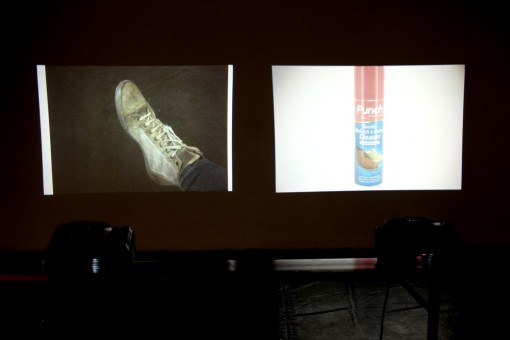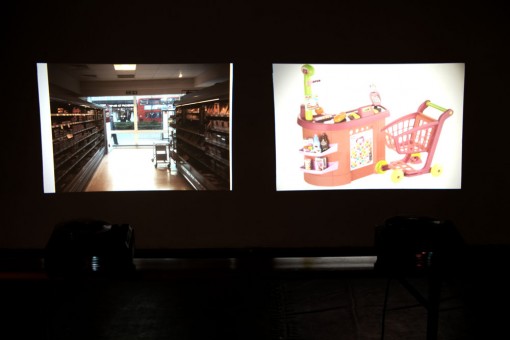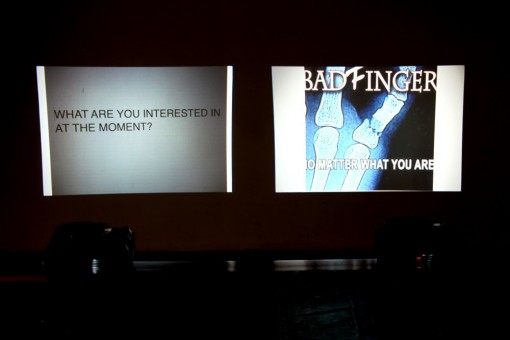Posted by Nodus Labs | November 4, 2012
Cognitive Drive of Recommender Systems

Recommender systems are the basic building blocks of most online businesses today. They influence the news we read, the posts we see, the things we buy, the music we listen to. Based on the dataset of what is known about us, recommender system finds something we might be interested in. Technically recommender system is a combination of learning algorithms, statistical tools, and recognition algorithms – the areas commonly ascribed to the study of artificial intelligence.
We decided to study this emergent form of consciousness and conduct an attempt to communicate with a recommender system through the interview format. The results are presented in this report.
Project: Interviews with Artificial Artificial Intelligence (www.iaaibook.com)
Objective: Study the recommender systems based on artificial intelligence algorithms in order to find the rationale and any sort of regularities behind their observed behavior.
Additional Info: Commissioned by Nodus Labs, presented as an installation, a 45-minute lecture-performance, and in the form of a book documenting the project.
In this experiment we used Amazon iPhone app. This app has a Memo feature, which enables the user to make a photo note of any item they may be interested in. As a bonus feature Amazon also finds a recommended item in its stores. So the customer can make a picture of something they like and Amazon sends them a link to this item in its stores. If the item doesn’t exist, some other suitable product is offered.

According to Amazon, this system functions on the basis of artificial intelligence and image recognition technology. When the software cannot find a good match, the task gets automatically forwarded to a special service also set up by Amazon called MechanicalTurk.Com. This website allows employers to post cheap jobs (“HITS”), such as filling in captchas or matching an image to a product, and the users on the other side can perform these jobs for a few cents. Most of this nameless workforce is from India and China, and the US. Thus, when artificial intelligence fails in finding a good match, a person does the job, that’s why Amazon calls its system “artificial artificial intelligence”. The reference to Mechanical Turk is derived from a story of a chess machine built in the 19th century, which had a real person inside.

We found it interesting how Amazon extends the concept of artificial intelligence into a real human workforce. It created an infrastructure where a whole army of workers complete the tasks artificial intelligence cannot perform successfully. The notion of success is a crucial one here, because it brings in the judgement. And the judgement brings in a certain ideology, which defines what is successful and what is not.
In order to understand how this ideology works with as little bias as possible, we submitted randomly chosen images of everyday life to Amazon’s recommender system. We then documented each response-recommendation that we received. The result is a sort of interview through images. On the left-hand side is the item that was submitted, on the right-hand side is the item that was received as the response.

This interview is presented in the book format (you can see the excerpts below), as well as a diaprojector installation in order to help the viewer get into the optimal mode of perceiving this interaction. The optimum, in this case, is a certain kind of attention, which exposes polysingular meaning – the meaning, which has many distinct (maybe even competing) interpretations, which nevertheless align into a certain narrative trajectory over a period of time that makes sense to the viewer.
Watch the full version (40 minutes)
You can also view the fragments of the book “Interviews with Artificial Artificial Intelligence” published as part of this research, which is available as a paperback copy from Amazon, Motto Distribution, BBooks in Berlin or by contacting us directly.
More about the project on Interviews with Artificial Artificial Intelligence website.

